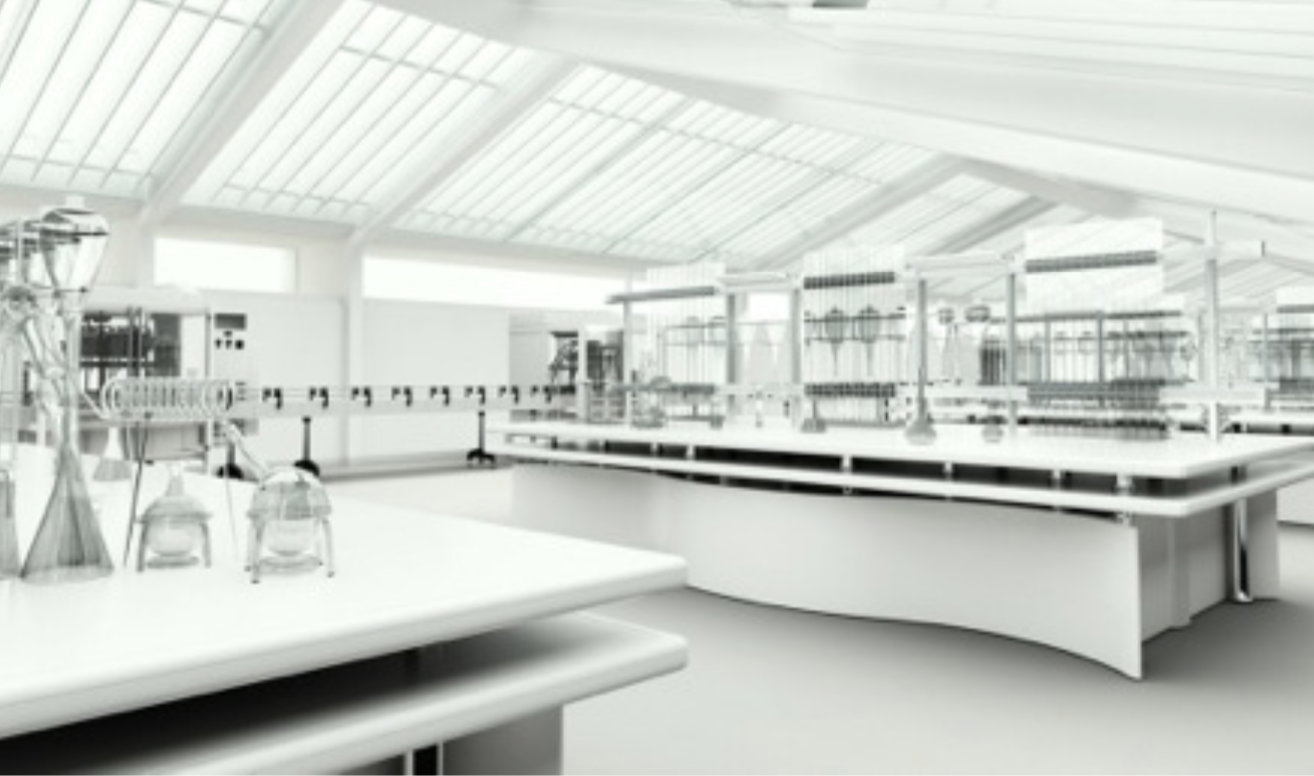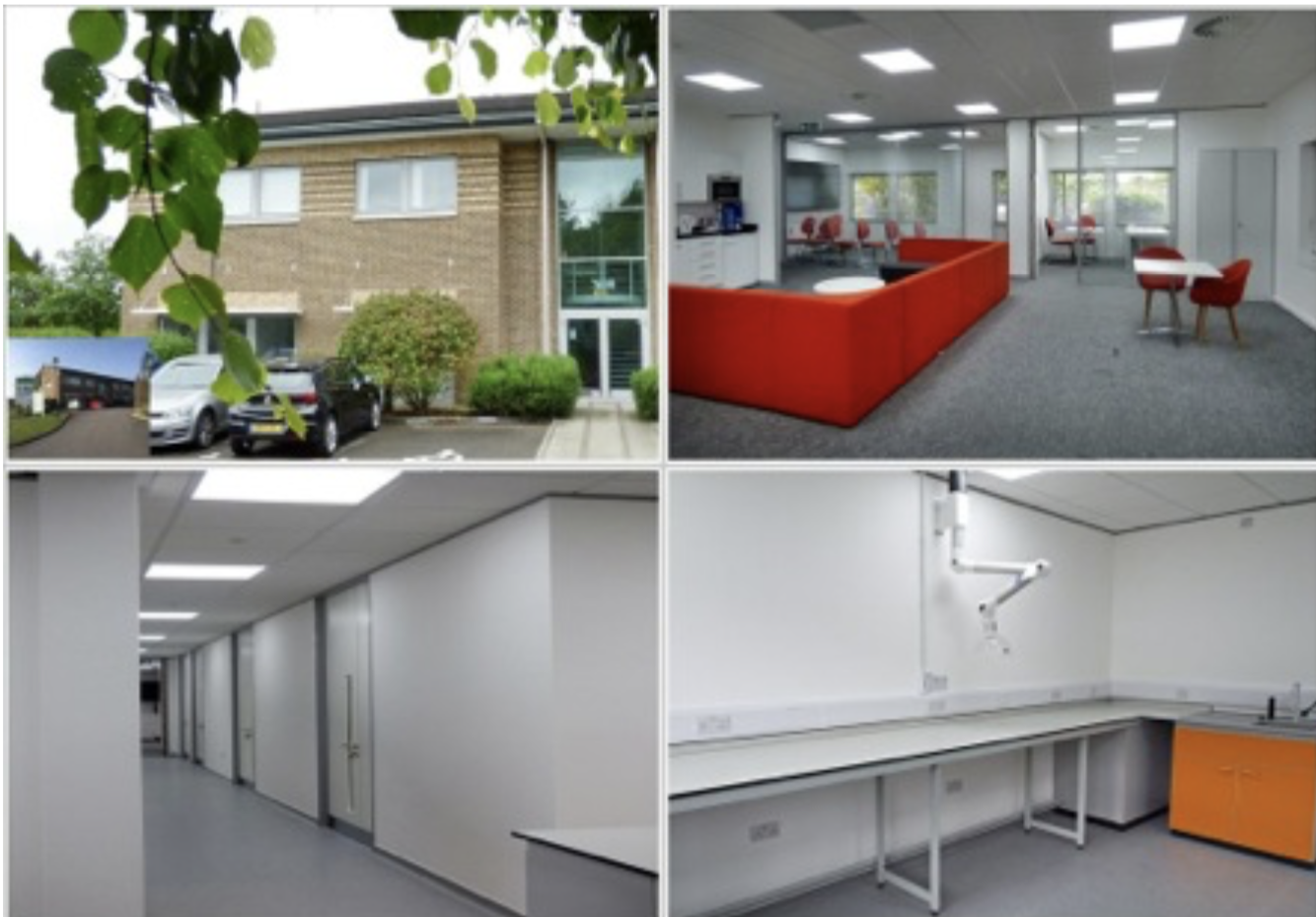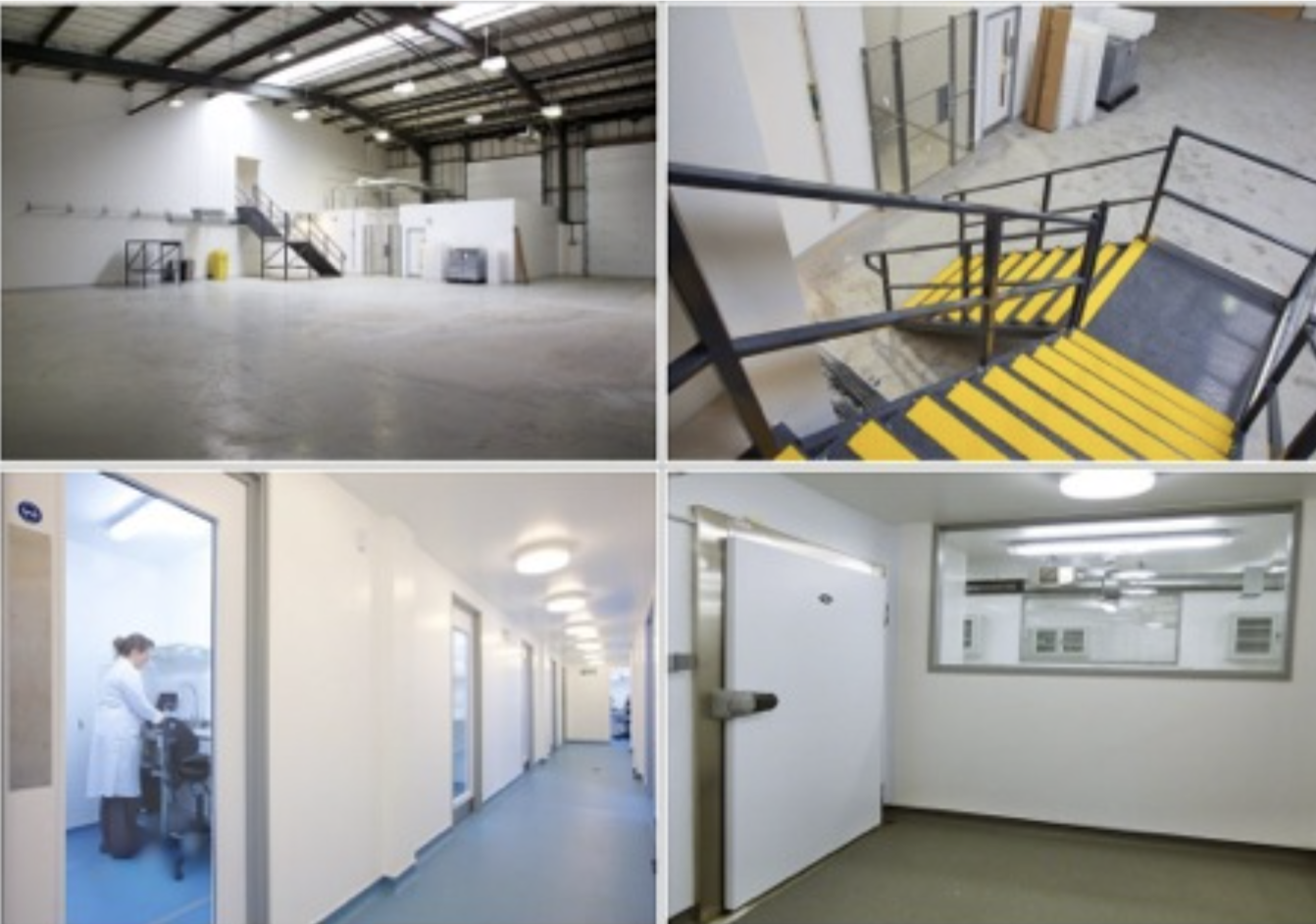Have you really considered all your building options?
Typically, property specialists will seek to help you agree some criteria for building selection. Thereafter by developing an applied weighting you can arrive at a shortlist of property options. Some examples of such criteria might be:
- General: Appropriate location for staff, clients & associated businesses, the right company image, favourable lease terms, availability of local transport etc.
- Specific needs: Square footage & floor configuration, accessibility, parking ratio, space efficiency, quality & flexibility of building services, floor to ceiling heights, floor loadings, power supply, security etc.
Most laboratory users will have more specific business needs than other commercial occupiers. Our aim is to help any business see beyond the marketing material in identifying the most affordable property solution that genuinely satisfies those needs.
(Note: When considering the design of your own new facility, please do review previous articles on the Bulb website that outline key laboratory design criteria & the implications of various levels of bio-safety.)
As workplace consultants, we begin by interrogating the way in which the tenant intends to use & occupy a building. Understanding the workflow & activities of staff & visitors alike is just as important as ensuring compliance to approved standards. We seek to encourage the potential for increased collaboration in the workplace. By carefully positioning high value, shared technical equipment; creating flexible modern lab & office facilities & designing social spaces. Historically so often deemed less important in this sector.
The Science of Building
The growth of the science sector has seen the development of many specialist science parks providing bespoke pre-let building solutions or flexible, specially constructed buildings intended to cater for most anticipated needs (UKSPA).
Typical considerations include a modern looking hi-tech façade, specialist HVAC systems, increased floor loadings, enhanced power supplies, complex drainage systems & generous floor to ceiling heights. The advent of flexible & often exposed building services has forever changed the look of the modern laboratory.

Whilst hugely impressive, such developments do carry a cost premium that developers quite rightly seek to pass on to incoming tenants.
Standard Office Buildings
For start-ups & small to medium companies, we have found the primary focus, at any introductory meeting, is to minimise any expenditure which does not relate to their core business, the purchase of specialist equipment or employment of well trained staff. As a result, many companies need to consider what compromises are acceptable in the search for their new building & its location.
If the bespoke science solution is unaffordable, the second choice for a potential occupier is to consider buildings designed for standard office use.
Provided there are no planning issues, these can offer significantly reduced lease terms but do bring compromises particularly in respect of the capacity of building services & their distribution via shallow floor & ceiling voids.
From our experience, there are instances where detailed investigation & testing has demonstrated ways in which some standard office buildings can become viable. Some of the considerations may be:
- Have power requirements been over estimated? Are increased levels of diversity a possibility where anticipated loads are corrected if equipment is not used at the same time?
- How localised are environmental & ventilation requirements? Do opportunities exist for localised treatment.
- Are access requirements, floor loadings and floor to ceiling heights only an issue in localised areas or not at all?
- What percentage of the business actually requires only standard office accommodation?

Case Study 1: An Office to Laboratory conversion with localised ventilation for Tissue Culture Rooms and air-conditioning for general lab & office areas.
Care does need to be taken as many brand new office developments will provide compliant building services but without the degree of flexibility needed for scientific use. Regularly buildings are marketed as ‘air conditioned’ when only heating & cooling is available.
Warehouse/Light Industrial
If average office rental costs are still prohibitive or the office building constraints are found to be insurmountable, a third solution worth considering may be the conversion of a warehouse or light industrial unit.
Rental levels can be dramatically reduced & many of the physical constraints overcome.
Careful planning is required should mezzanine floors be considered useful in increasing floor area & detailed investigations will be needed into the capability of building structure & services.
Similarly, there may be a need to identify any limitations relating to the building use either under the lease or due to local authority restrictions.

Case Study 2: A Warehouse to Laboratory conversion on two floors via mezzanine floor installation.
From our experience, such buildings can work really well for many applications. It will however not suit everyone as the base building provides much less of a starting point making the capital outlay on fit out considerably higher. It is, however, possible to lease the fit-out & furniture for any scheme with some significant tax & cash flow advantages. This can be particularly popular with those who freehold purchase the unit & intend for the fit out to enhance the investment value in the property.
Conclusion
We understand the search for a suitable location, often against tight deadlines, can be a daunting task. Commercial agents will have best access to details of all those properties available in the market place. A workplace assessment can form a valuable brief for the selected agent & allow a more targeted appraisal of any suitable options.
Courtesy – Derek Jones, Managing Director – Pre-Contracts, Bulb Interiors Ltd
